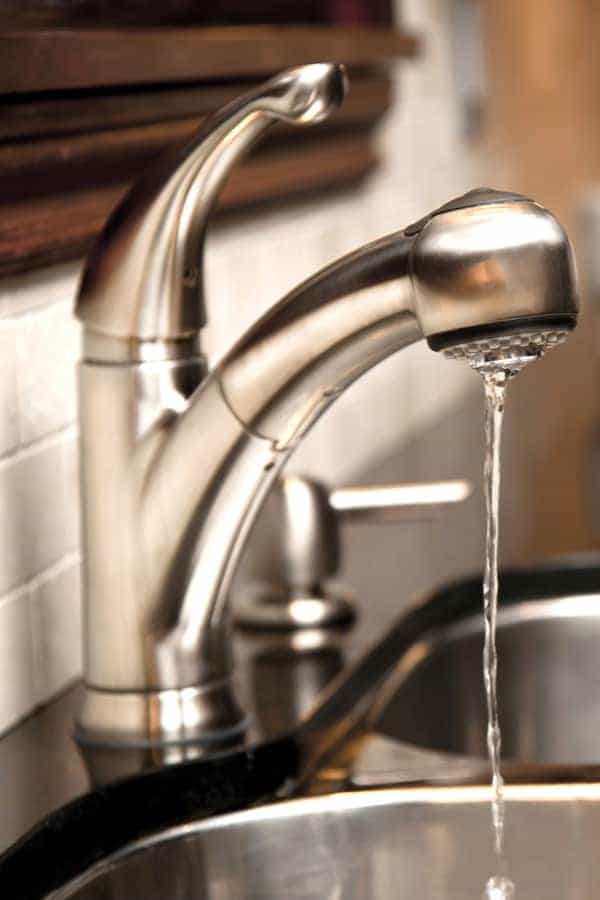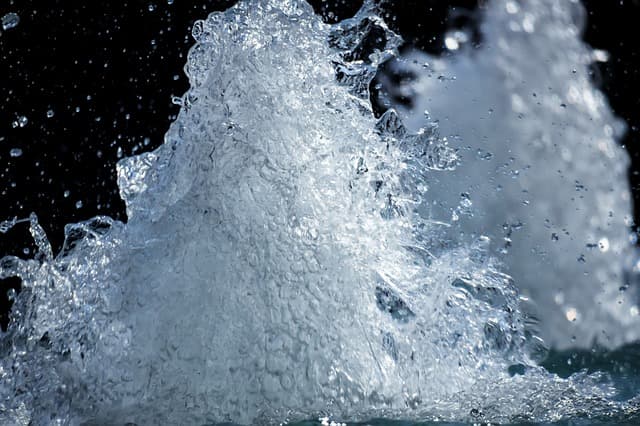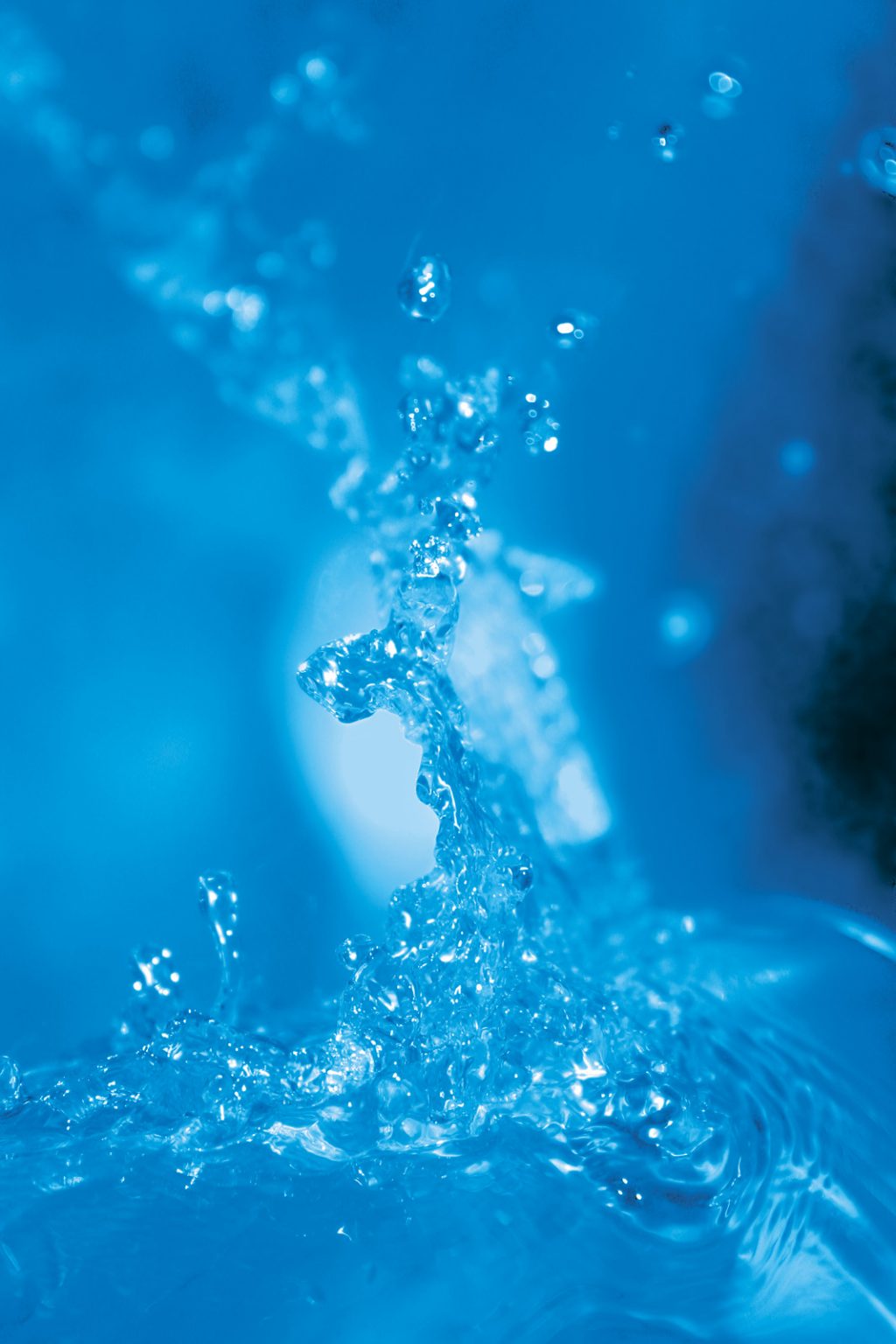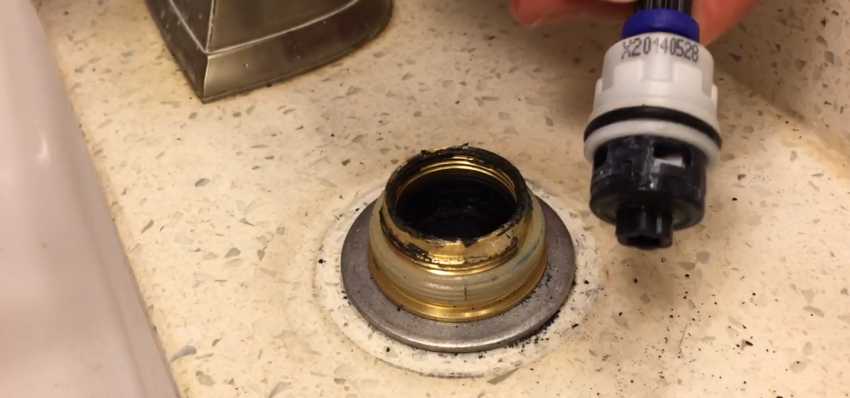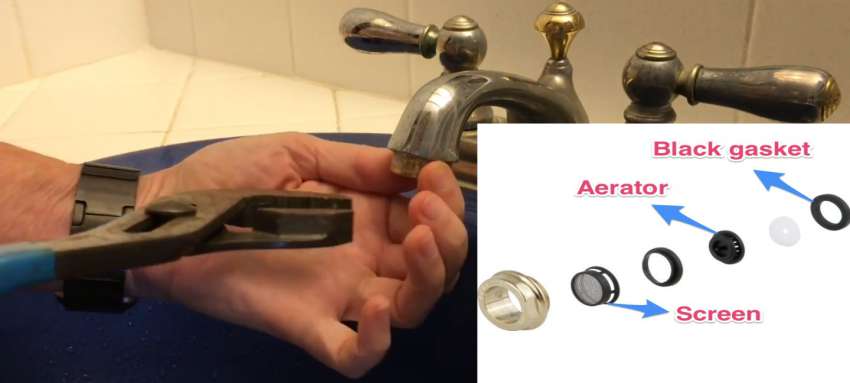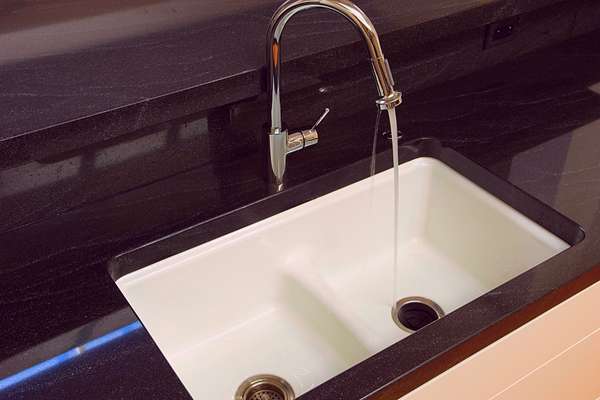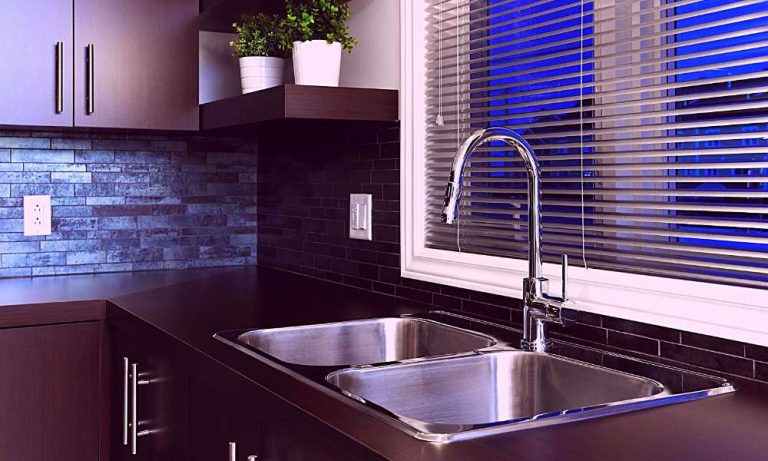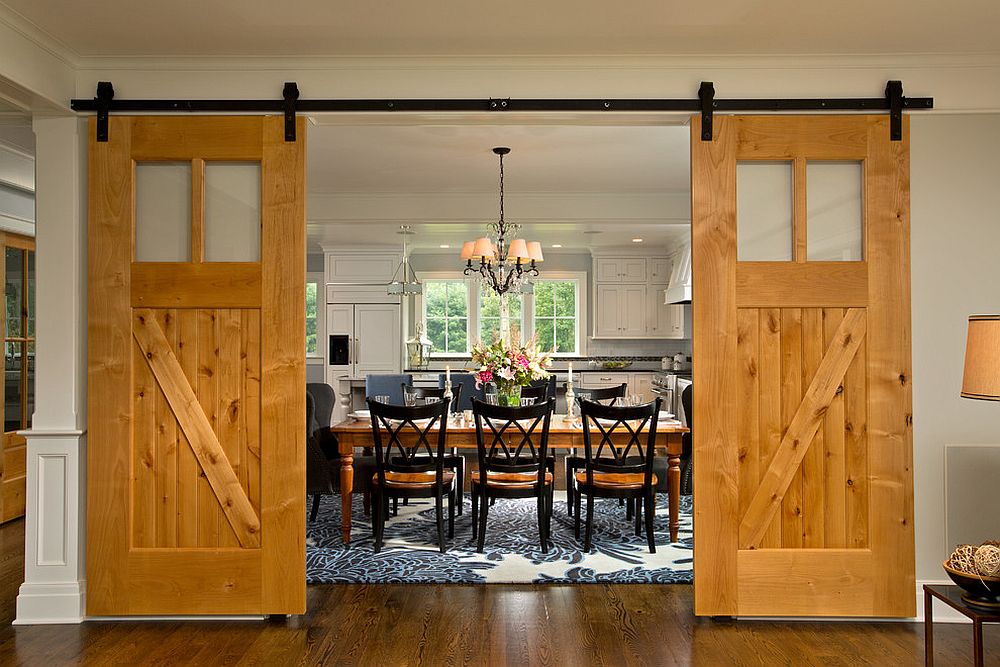Low Water Pressure in Kitchen Sink: Causes and Solutions
Dealing with low water pressure in your kitchen sink can be frustrating, especially when you're trying to cook or clean. But before you call a plumber, it's important to understand the possible causes and solutions for this issue. Here are 10 possible reasons for low water pressure in your kitchen sink and how to fix them.
How to Fix Low Water Pressure in Kitchen Sink
If you're experiencing low water pressure in your kitchen sink, here are some steps you can take to fix the problem:
1. Check the aerator: The aerator is the small screen at the end of the faucet spout. Over time, it can become clogged with mineral deposits, reducing water flow. Remove the aerator and clean it using a brush and vinegar.
2. Check for leaks: Leaks in your pipes can also cause low water pressure. Inspect the pipes under your sink for any leaks and repair them if necessary.
3. Clean the pipes: Mineral build-up and debris can clog your pipes, leading to low water pressure. Use a pipe cleaner or a mixture of baking soda and vinegar to clear out any blockages.
4. Check the shut-off valve: Make sure the shut-off valve under your sink is fully open. If it's partially closed, it can restrict water flow.
5. Replace the cartridge: If you have a cartridge faucet, the cartridge may need to be replaced. This is a simple and inexpensive fix that can restore water pressure.
6. Install a water pressure booster: If your home has low water pressure in general, consider installing a water pressure booster to increase water flow to your kitchen sink.
7. Check the water pressure regulator: Your home's water pressure regulator may be set too low, causing low water pressure. Consult a professional to adjust it to the proper level.
8. Unclog the drain: A clogged drain can also lead to low water pressure. Use a plunger or a drain snake to clear out any blockages.
9. Check the water heater: If your kitchen sink is supplied with hot water, the issue may be with your water heater. Make sure it's set to the correct temperature and is functioning properly.
10. Call a plumber: If none of these solutions work, it's best to call a plumber to diagnose and fix the issue.
Troubleshooting Low Water Pressure in Kitchen Sink
Low water pressure in your kitchen sink can be caused by a variety of factors. Here are some common troubleshooting steps to help you identify and fix the problem:
1. Check other faucets: If the low water pressure is only in your kitchen sink, it's likely an issue with that specific faucet. If it's throughout your home, it could be a larger plumbing issue.
2. Check with your neighbors: If your neighbors are also experiencing low water pressure, it could be a problem with the main water supply in your area.
3. Look for signs of corrosion: If you notice any signs of corrosion on your pipes or faucet, it could be causing low water pressure. Have a professional inspect and replace any corroded parts.
4. Inspect the water meter: If your water meter is damaged or not working properly, it could be affecting your home's water pressure. Contact your water company to have it checked.
5. Consider your home's water supply: If you live in an older home, it's possible that the water supply pipes are too narrow to provide adequate water pressure. You may need to have them replaced.
How to Increase Water Pressure in Kitchen Sink
If you're looking to increase water pressure in your kitchen sink, here are some steps you can take:
1. Remove any restrictions: Make sure all valves and faucets are fully open to allow for maximum water flow.
2. Check the aerator: As mentioned earlier, a clogged aerator can restrict water flow. Make sure it's clean and free of debris.
3. Install a water pressure regulator: If your home's water pressure is too high, it can cause damage to your plumbing. Install a pressure regulator to maintain safe and consistent water pressure.
4. Check for leaks: As mentioned earlier, leaks can also cause low water pressure. Fix any leaks in your pipes to improve water flow.
5. Install a water pressure booster: If your home's water pressure is consistently low, a water pressure booster can help increase water flow to your kitchen sink.
Common Causes of Low Water Pressure in Kitchen Sink
There are several common causes of low water pressure in kitchen sinks, including:
1. Clogged aerator: As mentioned earlier, mineral build-up and debris can clog the aerator, reducing water flow.
2. Leaks: Any leaks in your pipes can also cause low water pressure.
3. Corroded pipes: Over time, pipes can corrode and restrict water flow.
4. Water pressure regulator: If your water pressure regulator is set too low, it can restrict water flow.
5. Clogged drain: A clogged drain can also lead to low water pressure.
How to Diagnose and Fix Low Water Pressure in Kitchen Sink
If you're experiencing low water pressure in your kitchen sink, here are some steps you can take to diagnose and fix the issue:
1. Check the aerator: As mentioned earlier, a clogged aerator can be a common cause of low water pressure. Clean or replace it if necessary.
2. Inspect the pipes: Look for any signs of leaks or corrosion in your pipes. Repair or replace them as needed.
3. Check the shut-off valve: Make sure the shut-off valve under your sink is fully open.
4. Consider a water pressure booster: If the low water pressure is consistent throughout your home, a water pressure booster can help increase water flow.
5. Consult a professional: If you're unable to diagnose or fix the issue on your own, it's best to call a plumber for assistance.
Tips for Dealing with Low Water Pressure in Kitchen Sink
Here are some tips to help you deal with low water pressure in your kitchen sink:
1. Regularly clean your aerator: To prevent build-up and clogs, make sure to clean your aerator regularly.
2. Be mindful of what you put down your drain: Avoid putting grease, oil, and other debris down your drain to prevent clogs.
3. Fix leaks promptly: Any leaks in your pipes can lead to low water pressure. Fix them as soon as possible to prevent further issues.
4. Consider a water pressure regulator: If your water pressure is consistently too high or too low, a regulator can help maintain safe and consistent levels.
5. Don't ignore the issue: If you're experiencing low water pressure, it's important to address the issue as soon as possible to prevent further damage to your plumbing.
How to Improve Water Pressure in Kitchen Sink
To improve water pressure in your kitchen sink, here are some steps you can take:
1. Clean the aerator: As mentioned earlier, a clogged aerator can restrict water flow. Clean or replace it to improve water pressure.
2. Check for leaks: Any leaks in your pipes can also cause low water pressure. Repair them as needed.
3. Adjust the water pressure regulator: If your home's water pressure is too low, consult a professional to adjust the regulator to the proper level.
4. Consider a water pressure booster: A booster can help increase water flow to your kitchen sink if your home's water pressure is consistently low.
Possible Reasons for Low Water Pressure in Kitchen Sink
Here are some possible reasons why you may be experiencing low water pressure in your kitchen sink:
1. Clogged aerator: As mentioned earlier, mineral build-up and debris can clog the aerator, reducing water flow.
2. Leaks: Any leaks in your pipes can also cause low water pressure.
3. Corroded pipes: Over time, pipes can corrode and restrict water flow.
4. Water pressure regulator: If your water pressure regulator is set too low, it can restrict water flow.
5. Clogged drain: A clogged drain can also lead to low water pressure.
How to Troubleshoot and Fix Low Water Pressure in Kitchen Sink
If you're experiencing low water pressure in your kitchen sink, here are some troubleshooting steps you can take to fix the issue:
1. Clean the aerator: As mentioned earlier, a clogged aerator can be a common cause of low water pressure. Clean or replace it if necessary.
2. Inspect the pipes: Look for any signs of leaks or corrosion in your pipes. Repair or replace them as needed.
3. Check the shut-off valve: Make sure the shut-off valve under your sink is fully open.
4. Consider a water pressure booster: If the low water pressure is consistent throughout your home, a water pressure booster can help increase water flow.
5. Consult a professional: If you're unable to diagnose or fix the issue on your own, it's best to call a plumber for assistance.
Kitchen Sink Pressure Problems: Causes and Solutions
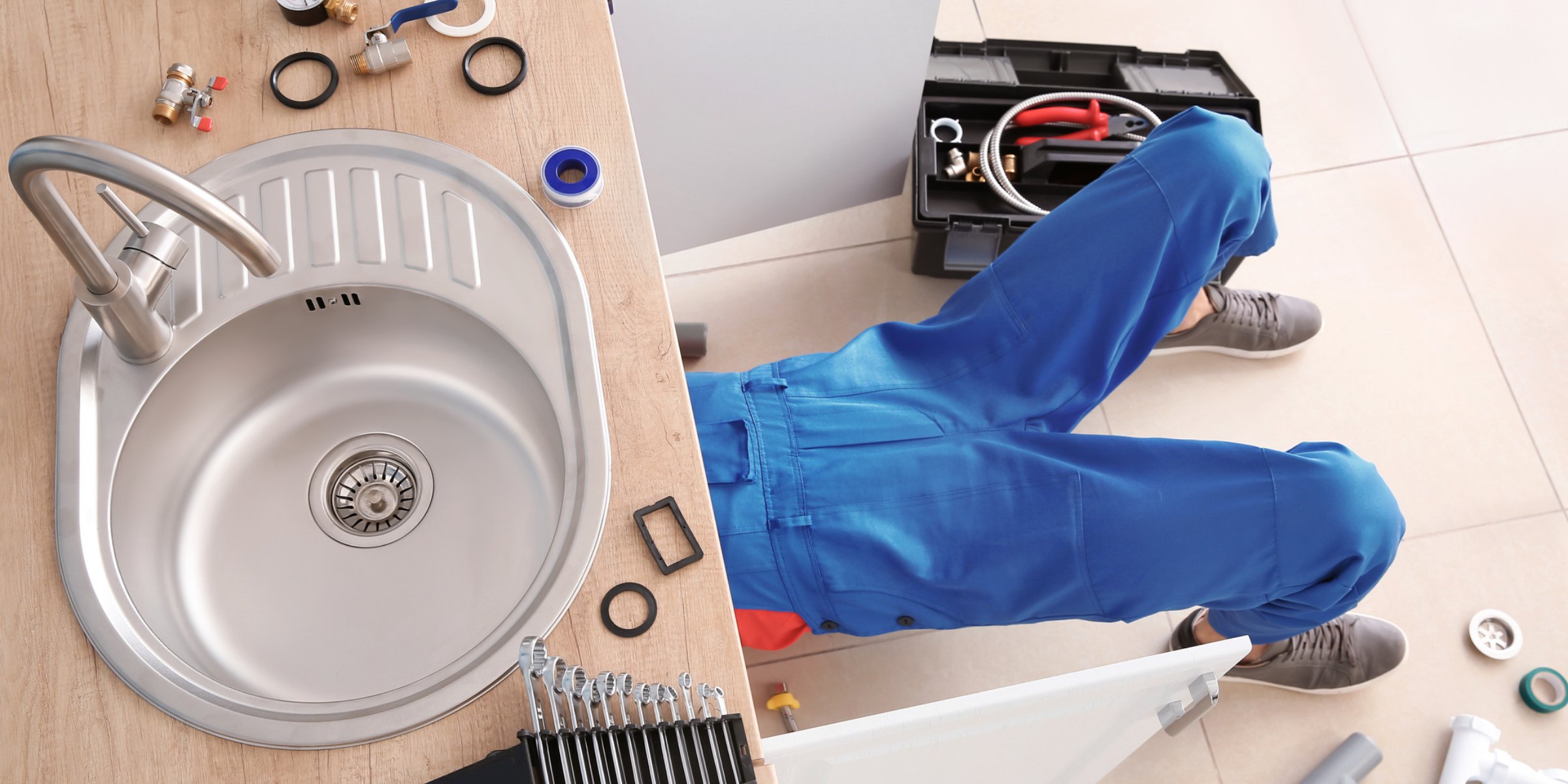
Understanding the Importance of Kitchen Sink Pressure
 When it comes to house design, the kitchen is often considered the heart of the home. It is where we prepare meals, gather with family and friends, and create lasting memories. However, a common issue that can put a damper on our kitchen experience is low or no water pressure in the sink. This can make tasks such as washing dishes, filling pots, and even washing your hands frustrating and time-consuming. Let's explore some of the reasons behind this problem and how to fix it.
When it comes to house design, the kitchen is often considered the heart of the home. It is where we prepare meals, gather with family and friends, and create lasting memories. However, a common issue that can put a damper on our kitchen experience is low or no water pressure in the sink. This can make tasks such as washing dishes, filling pots, and even washing your hands frustrating and time-consuming. Let's explore some of the reasons behind this problem and how to fix it.
The Causes of Low Kitchen Sink Pressure
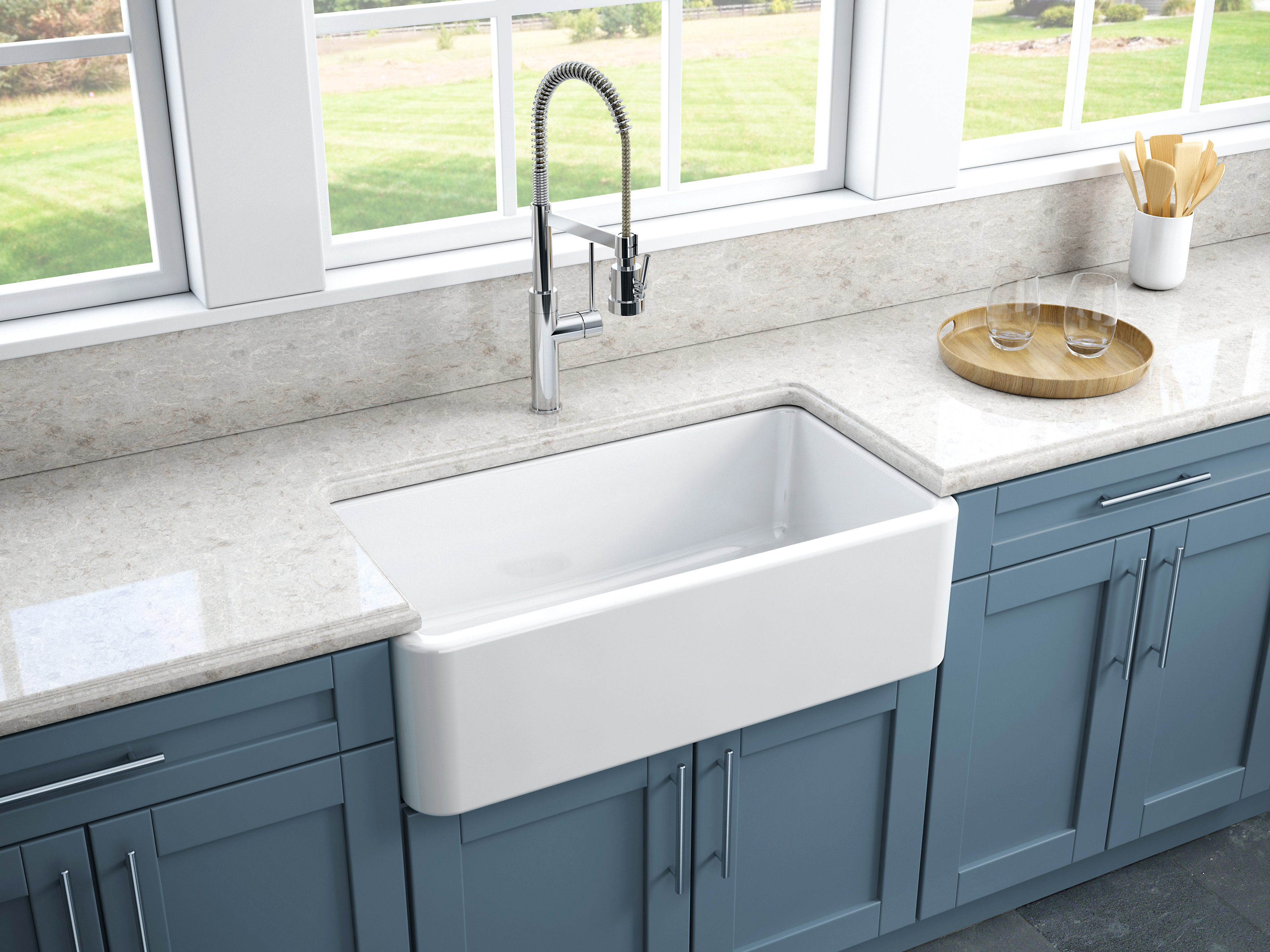 There are several potential reasons for low or no pressure in your kitchen sink. One of the most common causes is a clogged aerator. This small mesh screen is located at the end of the faucet and can become clogged with mineral deposits or debris over time. Another possible cause is a clogged water filter, which can restrict water flow and decrease pressure. Additionally, a faulty or old faucet can also be the culprit. If the faucet is worn out or has a damaged cartridge, it can significantly reduce water pressure.
There are several potential reasons for low or no pressure in your kitchen sink. One of the most common causes is a clogged aerator. This small mesh screen is located at the end of the faucet and can become clogged with mineral deposits or debris over time. Another possible cause is a clogged water filter, which can restrict water flow and decrease pressure. Additionally, a faulty or old faucet can also be the culprit. If the faucet is worn out or has a damaged cartridge, it can significantly reduce water pressure.
Solutions to Improve Kitchen Sink Pressure
 Fortunately, there are several solutions to improve the pressure in your kitchen sink. The first step is to check and clean the aerator. Simply unscrew it from the faucet and remove any buildup with a toothbrush or a small brush. If the aerator is severely clogged, you may need to replace it. Next, check and replace the water filter if necessary. This can improve water flow and pressure. If the faucet itself is the problem, consider replacing it with a new one. You can also have a professional plumber inspect the plumbing system to ensure there are no underlying issues causing the pressure problem.
Kitchen Sink Pressure: A Crucial Element of House Design
As we've seen, kitchen sink pressure is a critical aspect of house design that can greatly impact our daily activities. It is essential to address any pressure issues promptly to maintain the functionality and efficiency of our kitchen. By understanding the causes and implementing the appropriate solutions, we can ensure that our kitchen sink is always working at its best.
Fortunately, there are several solutions to improve the pressure in your kitchen sink. The first step is to check and clean the aerator. Simply unscrew it from the faucet and remove any buildup with a toothbrush or a small brush. If the aerator is severely clogged, you may need to replace it. Next, check and replace the water filter if necessary. This can improve water flow and pressure. If the faucet itself is the problem, consider replacing it with a new one. You can also have a professional plumber inspect the plumbing system to ensure there are no underlying issues causing the pressure problem.
Kitchen Sink Pressure: A Crucial Element of House Design
As we've seen, kitchen sink pressure is a critical aspect of house design that can greatly impact our daily activities. It is essential to address any pressure issues promptly to maintain the functionality and efficiency of our kitchen. By understanding the causes and implementing the appropriate solutions, we can ensure that our kitchen sink is always working at its best.
In Conclusion
 In conclusion, low kitchen sink pressure can be a frustrating problem for any homeowner. However, by identifying the causes and implementing the right solutions, we can improve the pressure and enhance our kitchen experience. Remember to regularly clean and maintain your faucet and water filter to prevent future pressure issues. By taking care of our kitchen sinks, we can continue to enjoy the heart of our home for years to come.
In conclusion, low kitchen sink pressure can be a frustrating problem for any homeowner. However, by identifying the causes and implementing the right solutions, we can improve the pressure and enhance our kitchen experience. Remember to regularly clean and maintain your faucet and water filter to prevent future pressure issues. By taking care of our kitchen sinks, we can continue to enjoy the heart of our home for years to come.



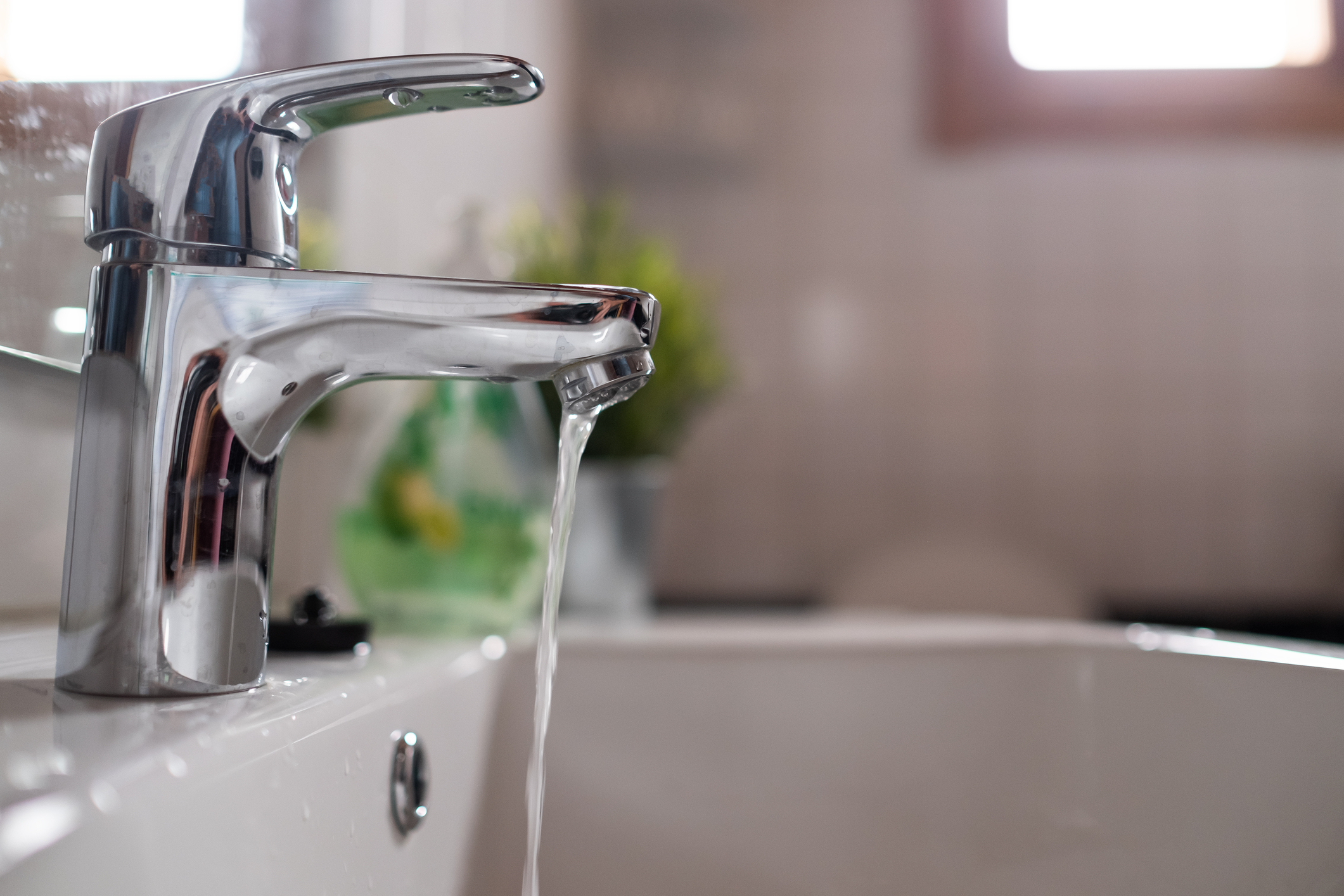

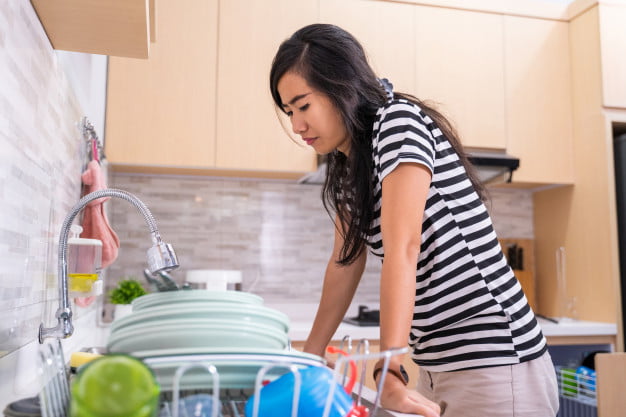


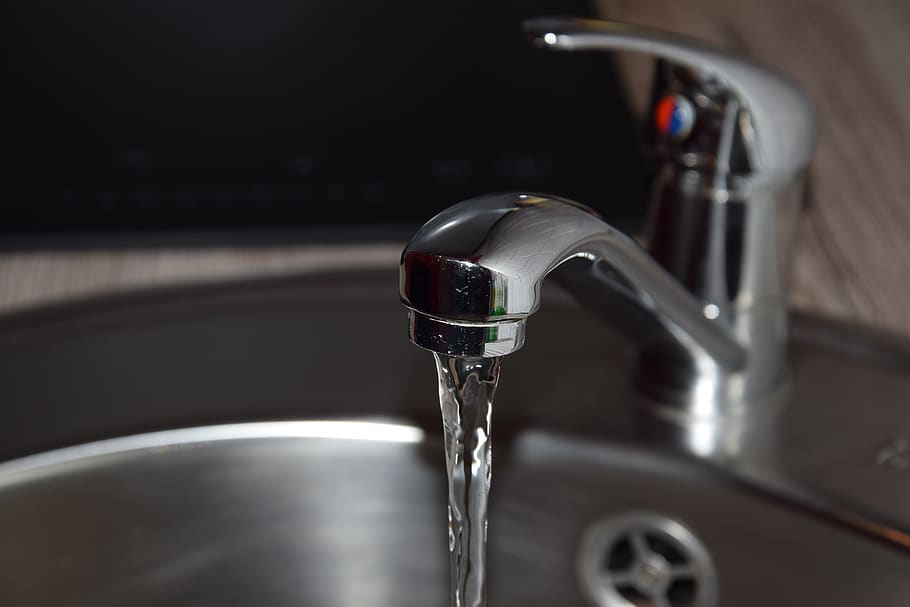
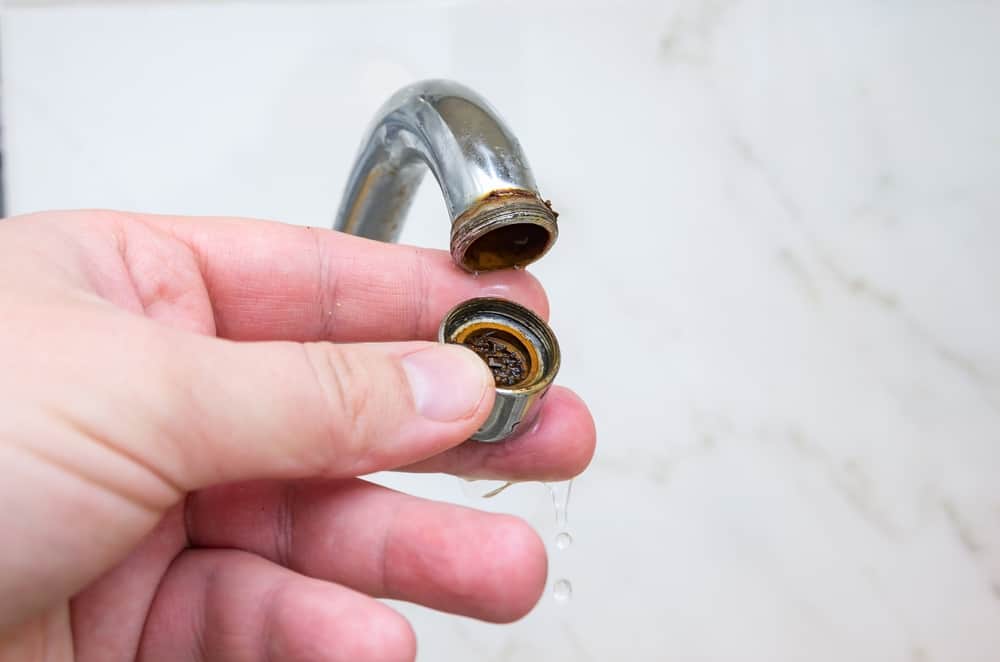
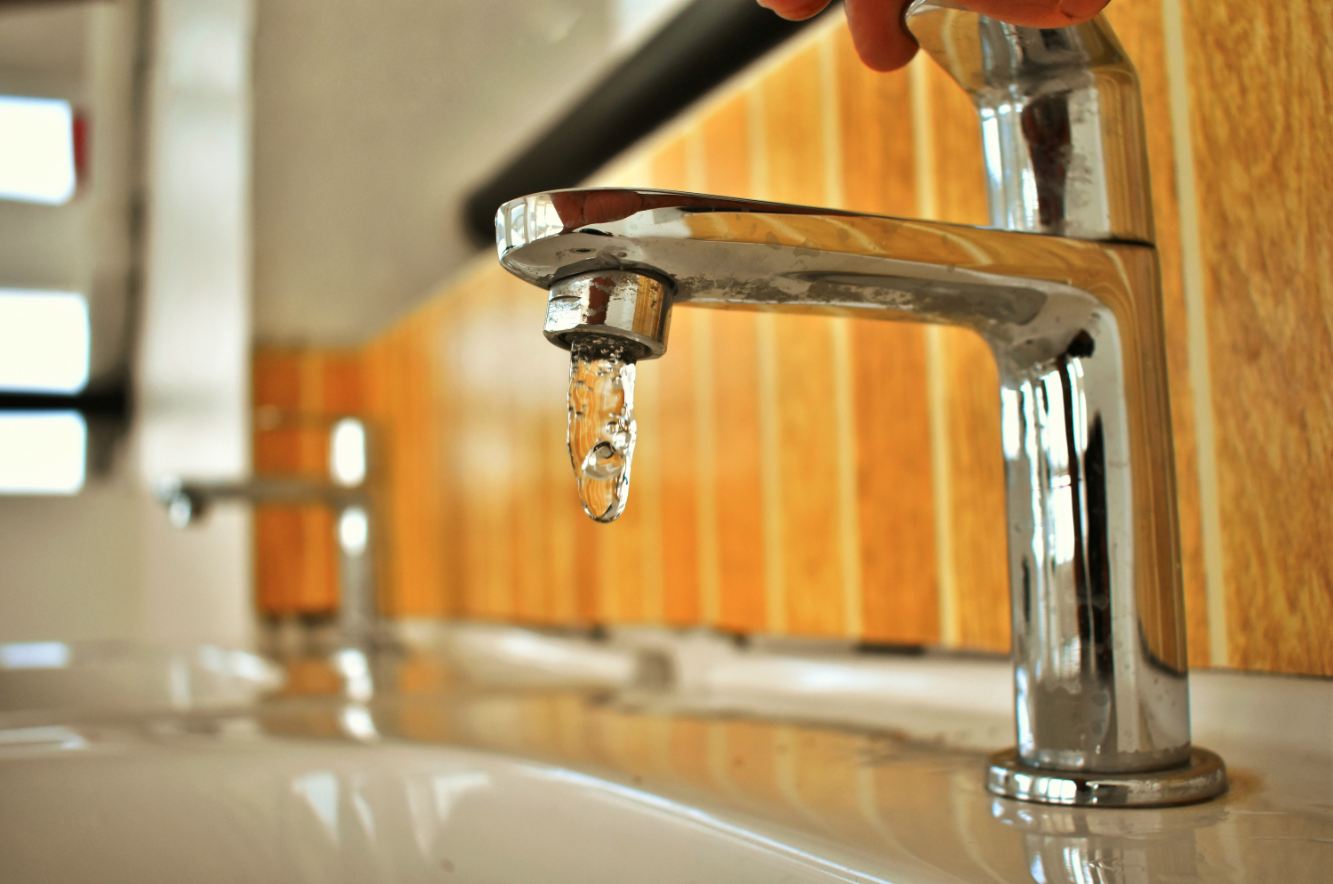














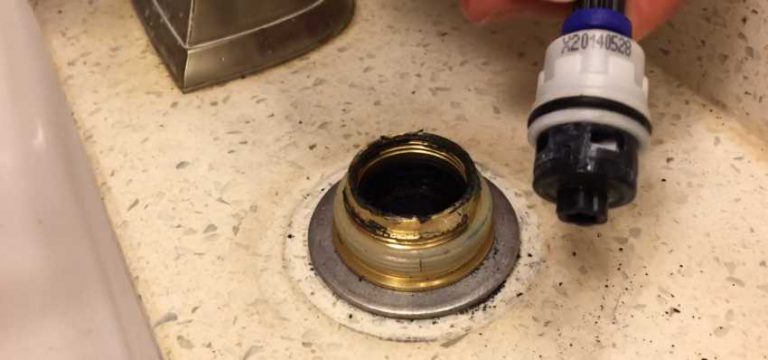


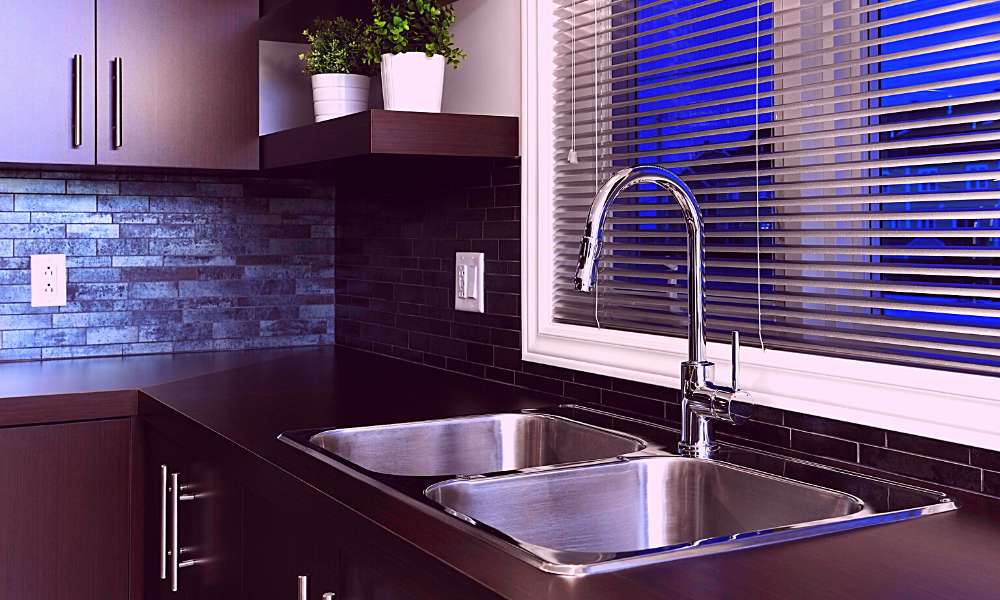
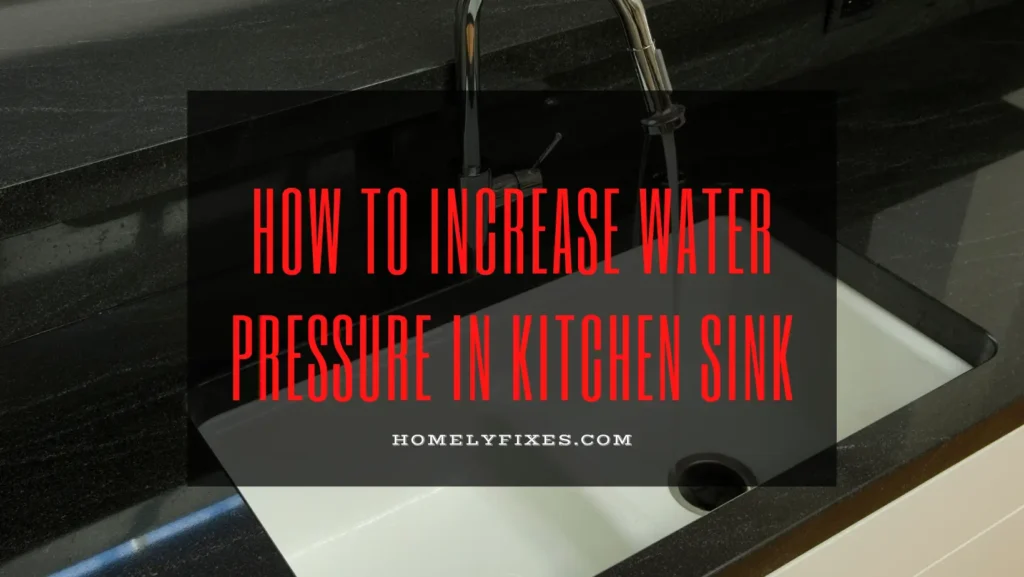











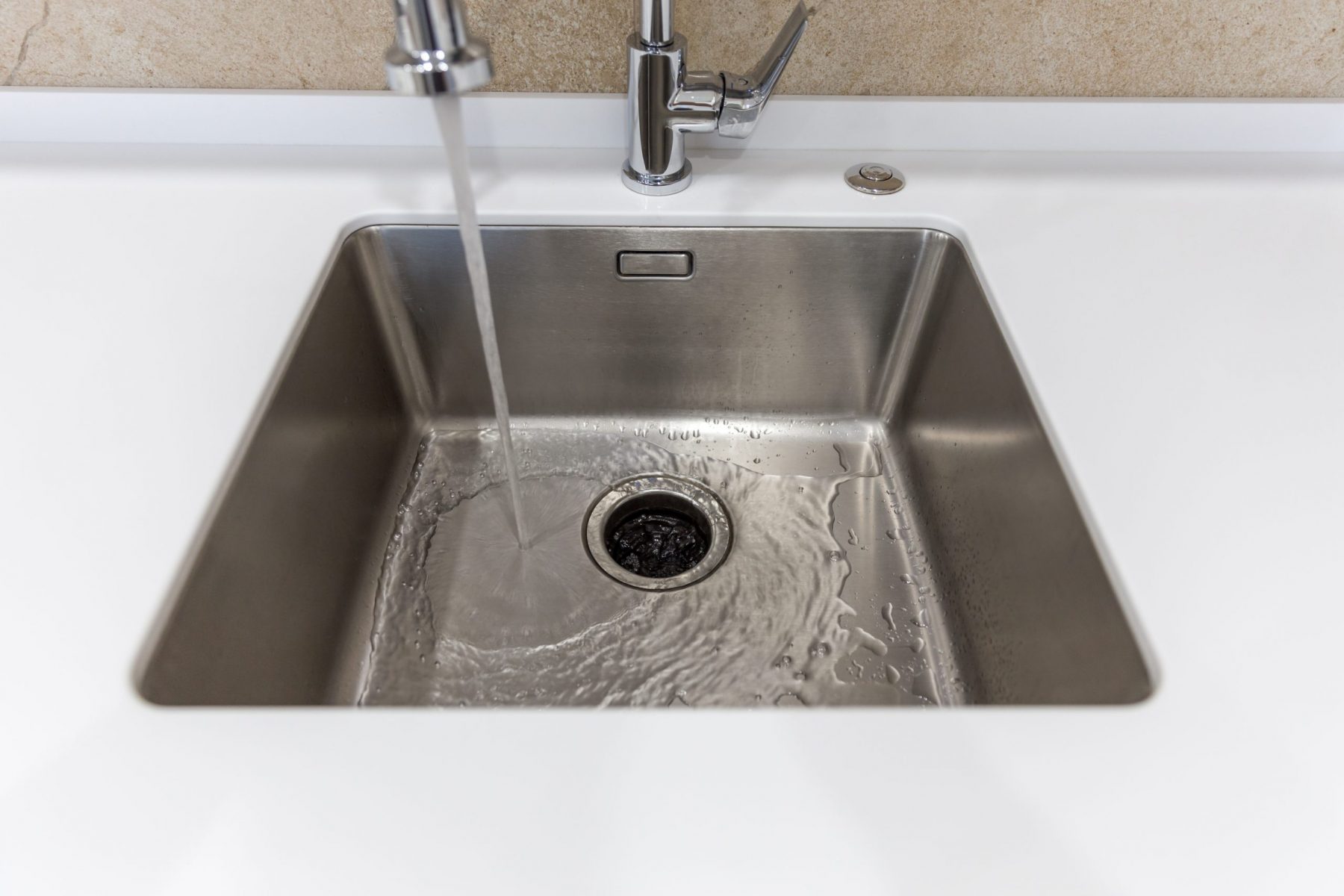
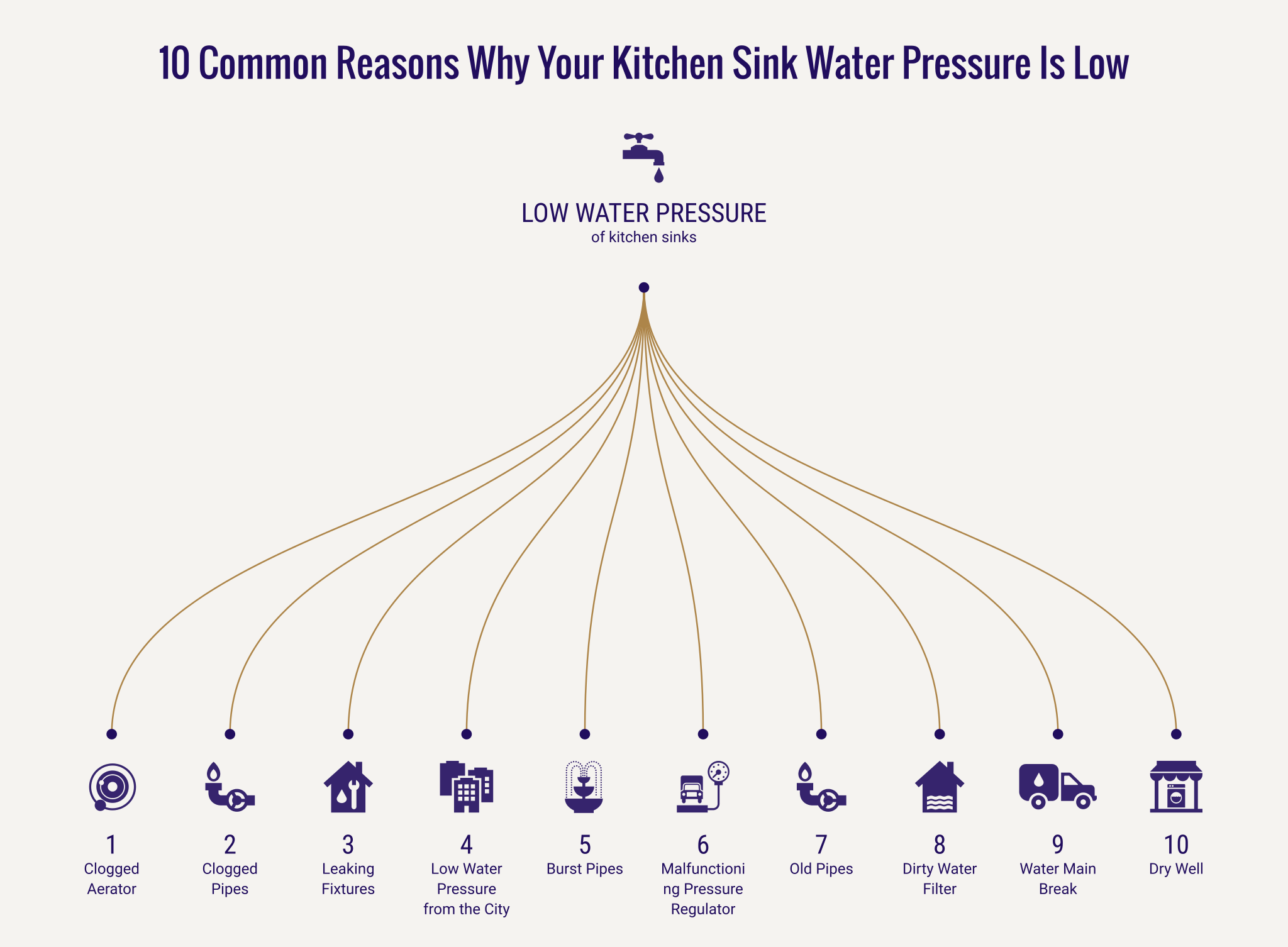
_.jpg)

